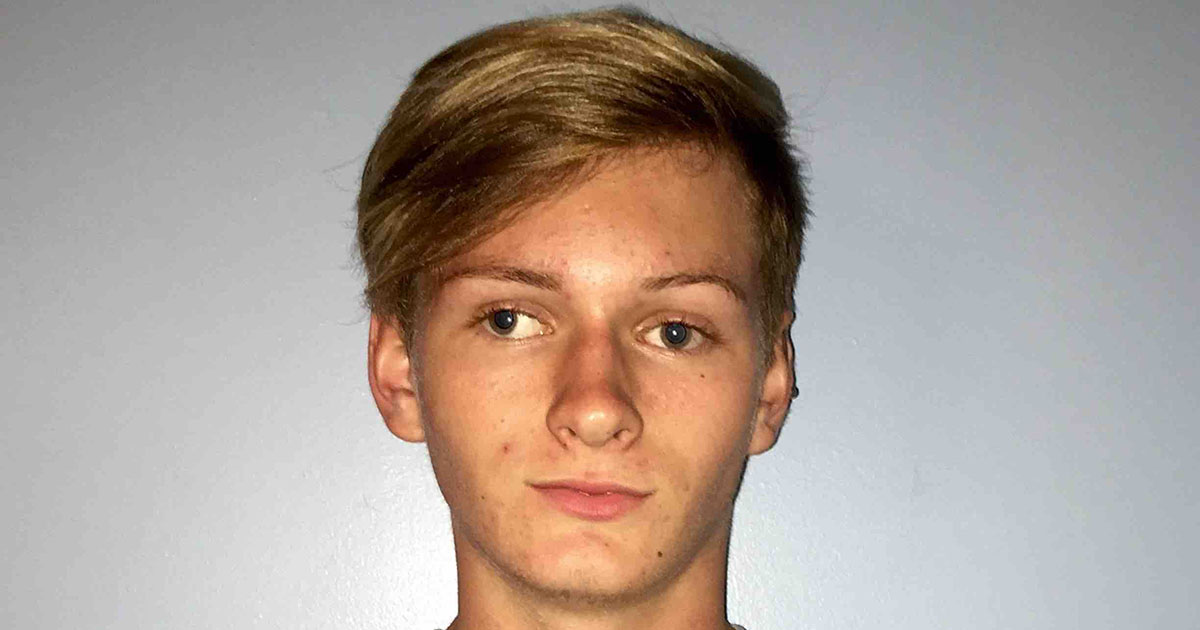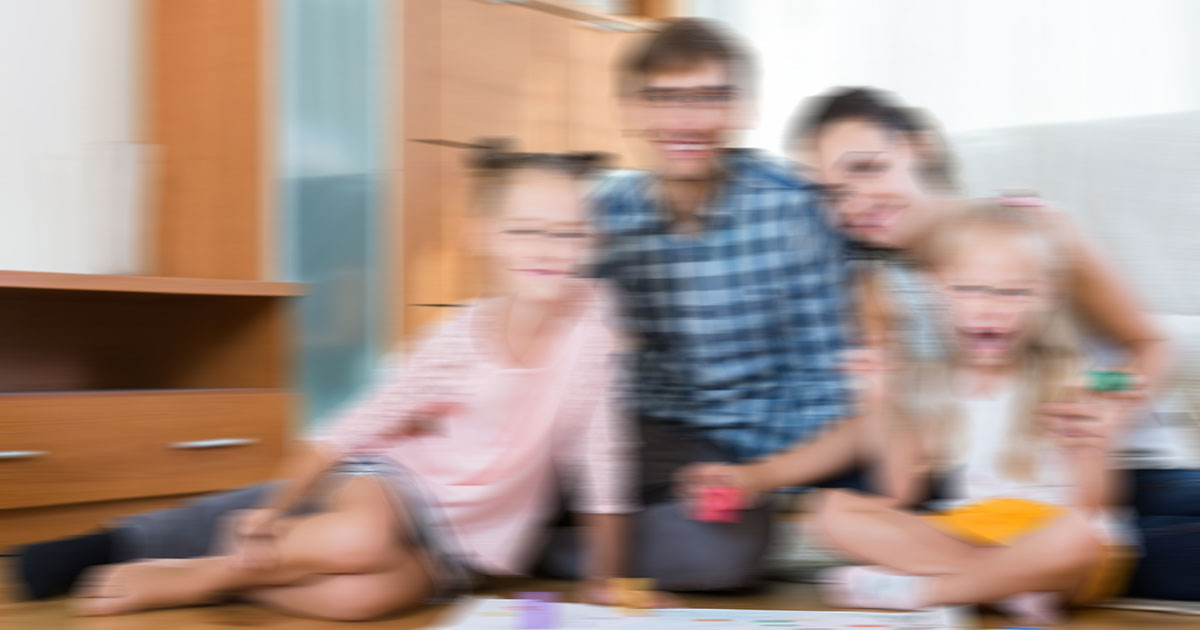Amblyopia (Lazy Eye); Symptoms, Causes, And Treatment
Amblyopia, commonly referred to as 'lazy eye,' is a common eye condition in young children, characterized by one eye not developing eyesight as it should. When a child has amblyopia, their brain will focus on one eye and ignore the lazy eye, due to an issue in the nerve connecting the affected eye to the brain, resulting in a lack of stimulation and thus, impaired development. The National Eye Institute indicates this condition can affect up to three percent of children in the United States, which helps make it the most common reason for visual impairment in one eye among children as well as young and middle-aged adults.
Causes Of Lazy Eye

When it comes down to it, anything compromising the vision in either one of a child’s eyes during eye development can cause amblyopia. These include eye injuries, glaucoma, corneal ulcer, congenital cataracts, or a drooping eyelid. Unfortunately, the reasons why the brain tends to ignore images from the lazy eye are unclear. But although anything compromising vision may cause this condition, there are also major causes to look out for.
The first major cause is a refractive error, when light is not focused correctly when traveling through the lens of the eye, and subsequent blurred vision due to nearsightedness, farsightedness, or astigmatism. Children more affected in one eye due to this develop anisometropic amblyopia. Perhaps the most common cause, however, is strabismus, an eye condition in which the muscles controlling the eyes and their ability to look straight are imbalanced, causing one or both eyes to turn in improper directions (e.g., turning in, called esotropia). The eye most affected by the imbalance is what may cause amblyopia. For complete details on strabismus, visit Strabismus: Causes, Symptoms, And Treatment For Wandering Eyes.
Symptoms Of Lazy Eye

When a child suffers from amblyopia, their other eye and brain attempt to make up for the lazy eye as much as possible, and in some cases do so well at this that the problem will go unnoticed by the child. However, some of the symptoms of amblyopia, when they appear, include blurred or double vision, poor depth perception, eyes not functioning together (e.g., favoring one eye over the other), and visible symptoms of strabismus, specifically an eye turning in another direction.
Unfortunately, amblyopia can often go undetected because the other eye and brain attempt to make up for the fault and children affected often do not know there is a different way to see, for instance, they may believe that their blurry vision is normal. The best indicator is for parents to pay attention to the appearance of their child’s eyes and visit a doctor should anything look out of the ordinary.
